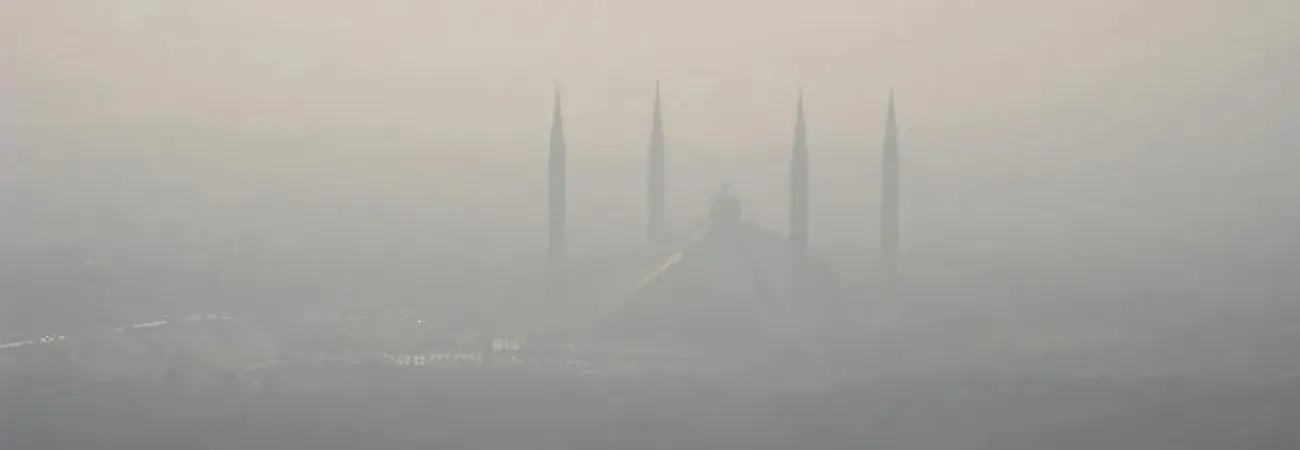Punjab, the land of five rivers, mainly goes through three major seasons. However, smog has become a recurring environmental crisis in this beautiful region in recent years. This thick haze of pollution, which develops every winter, is more than just an environmental concern; it is a crisis that significantly impacts health, the economy, and daily life.
Understanding Smog
Why Is It a Problem?
Smog is a term derived from the combination of ‘smoke’ and ‘fog’. It forms when pollutants such as carbon emissions, industrial smoke, and particles from burning organic materials mix with atmospheric moisture under specific weather conditions.
Human activity is at the core of Punjab’s smog crisis. A major contributor is the burning of crop stubble by farmers, who use this quick and cheap method to clear their fields. Unfortunately, this practice releases huge amounts of harmful pollutants into the air. Furthermore, the increasing number of vehicles on the roads and emissions from factories worsen air quality. Considering the winter weather patterns that trap these pollutants, the consequence is a dense, hazardous layer of smog that shadows over the region every year.
Some people might see smog as just a changing weather occurrence, however, it is not the case. Smog has many disadvantages. It reduces visibility, causes respiratory issues, and contributes to chronic health problems such as asthma, heart diseases, and even eye allergies. Smog not only effects human beings but animals and nature too. As a result of these illnesses most outdoor activities are banned and shops are advised to shut early.
How Smog Disrupts School Life ![]()
During periods of dangerous smog, the Punjab government has instructed school closures to protect students from exposure to harmful air pollutants. For instance, schools have been closed for weeks air quality levels reach alarming and hazardous levels, threatening the well-being of students and staff.
The regular academic cycle is disturbed, leading to missed lessons which greatly affects students’ educational progress. Often, online classes serve as an alternative, but not everyone has access to the required technology. Moreover, outdoor activities such as sports, assemblies, and recess are restricted, leaving students confined indoors.
Lessons in Responsibility 
Schools play an important role in addressing this issue by educating students about the causes and consequences of smog. What we learn in school about pollution and sustainability must be reflected in our daily choices. Awareness campaigns and lessons can empower us to take small impactful steps. Even small actions, like using public transportation or switching off unnecessary lights, can contribute to a positive impact.
As students, we can also participate in tree-planting drives, recycling projects, and other eco-friendly initiatives. Smog in Punjab is a pressing issue, but it’s not undefeatable. With collective efforts from students, schools, communities, and governments. Together, these efforts can pave way for meaningful change.
